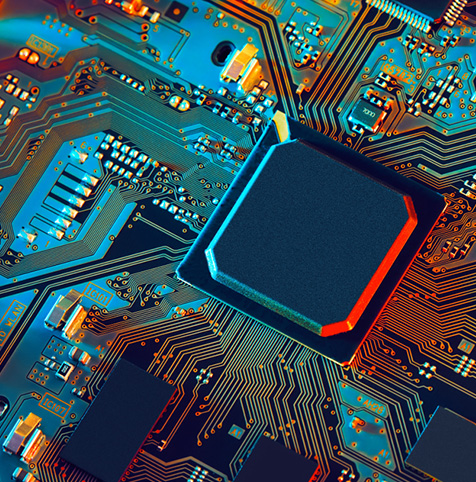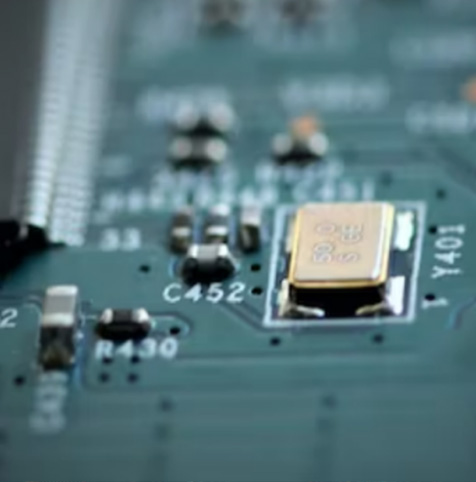featured products
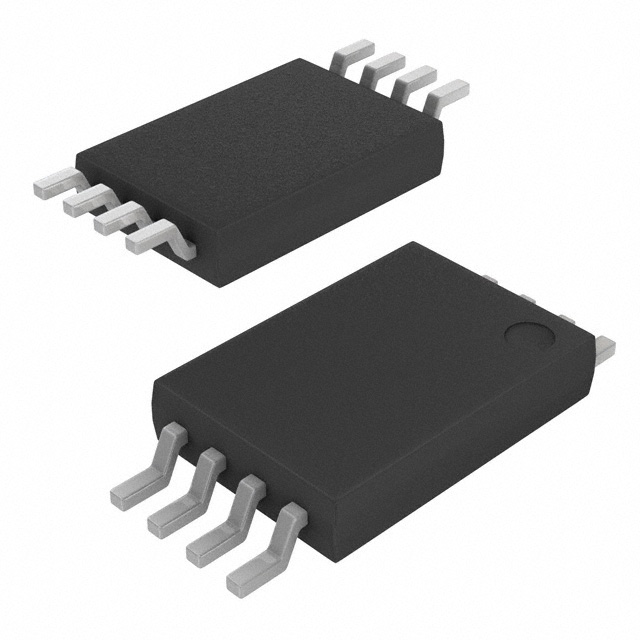
ABLIC
LINEAR IC
$0.94
1600 available
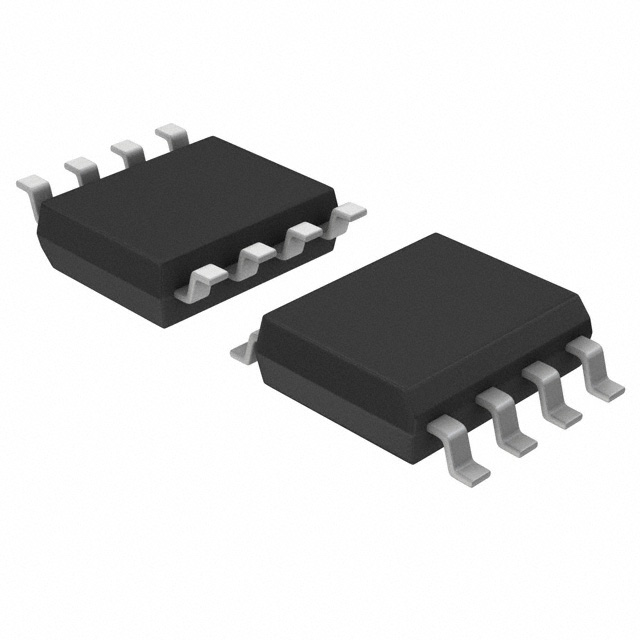
ABLIC
LINEAR IC
$0.94
1600 available
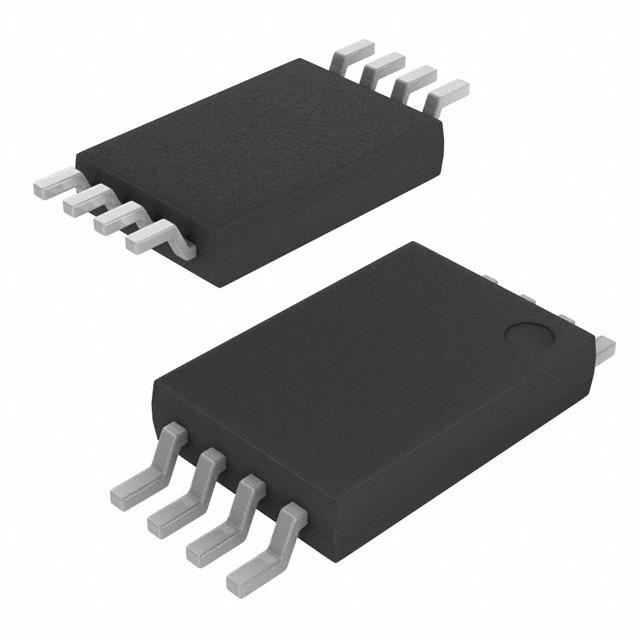
ABLIC
LINEAR IC
$0.94
1600 available
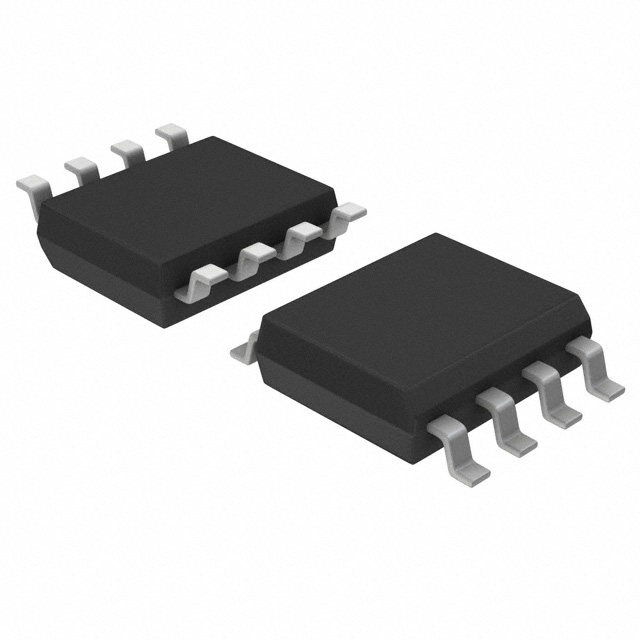
ABLIC
LINEAR IC
$0.94
1600 available
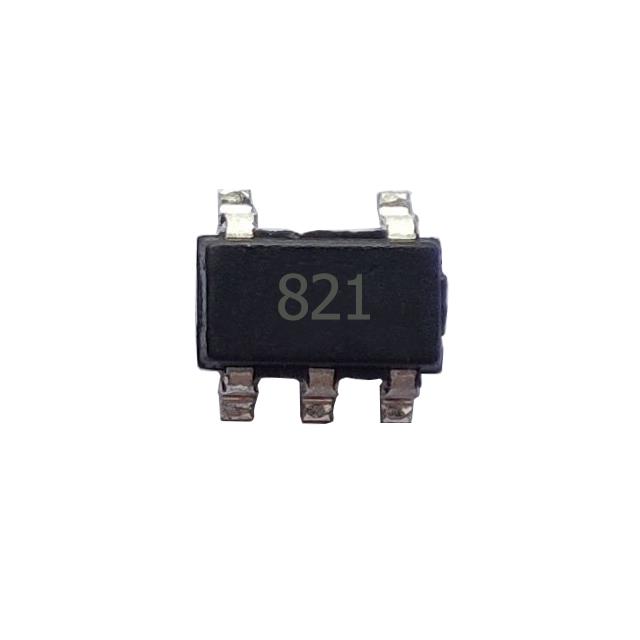
Analog Technologies, Inc.
CMOS RAIL TO RAIL OPERATIONAL AM
$2.59
1630 available
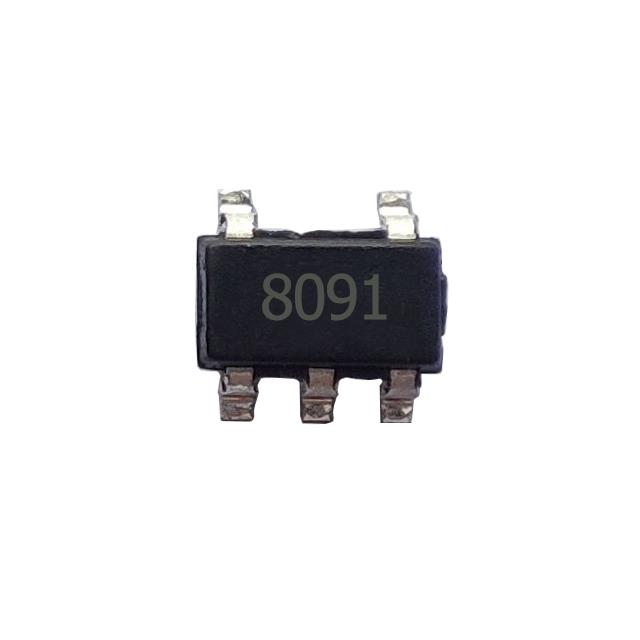
Analog Technologies, Inc.
350MHZ CMOS RAIL TO RAIL OUTPUT
$1.94
1600 available

Analog Technologies, Inc.
RAIL TO RAIL I/O CMOS OPERATIONA
$2.23
1630 available
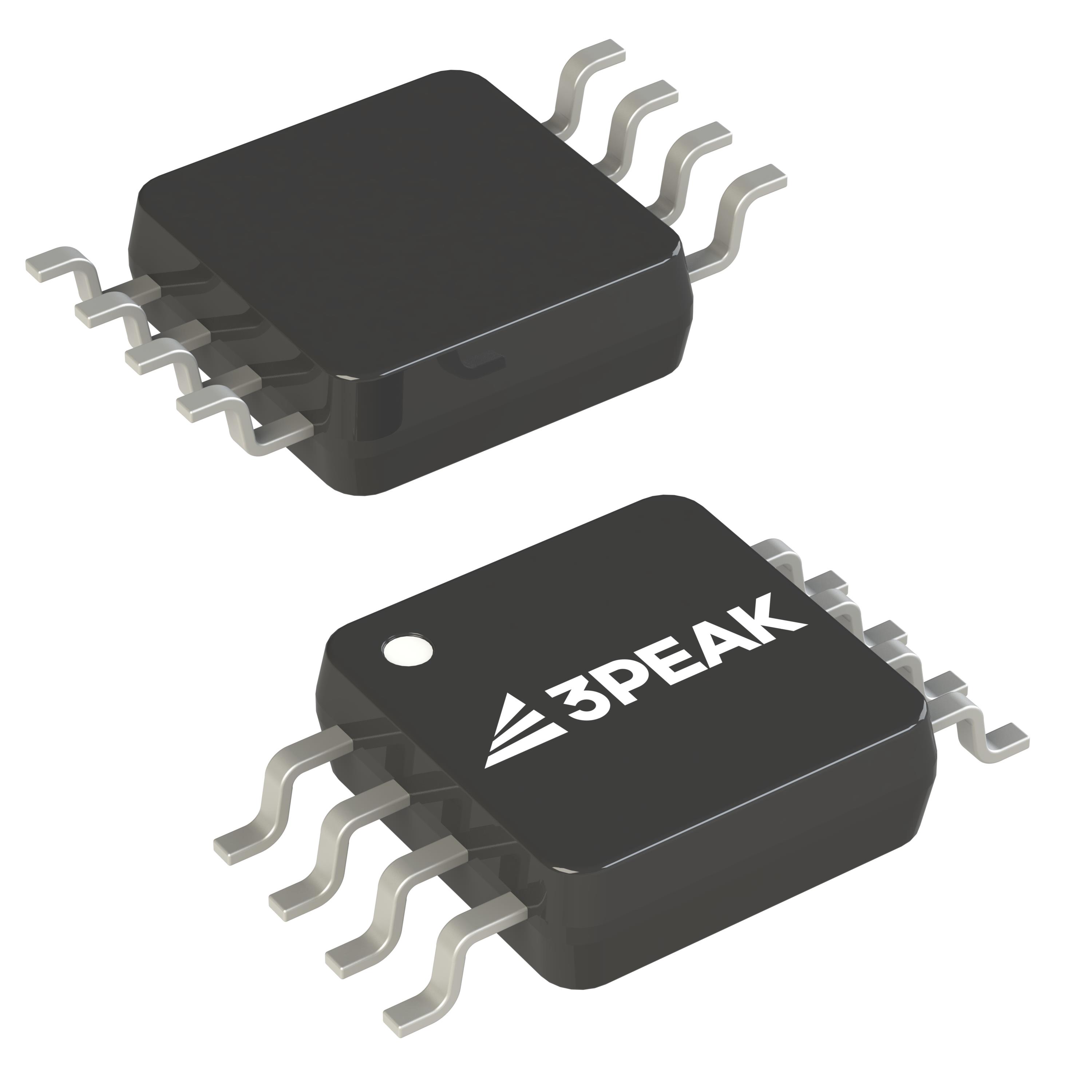
3PEAK
PRECISION OPERATIONAL AMPLIFIER,
$0.51
5590 available
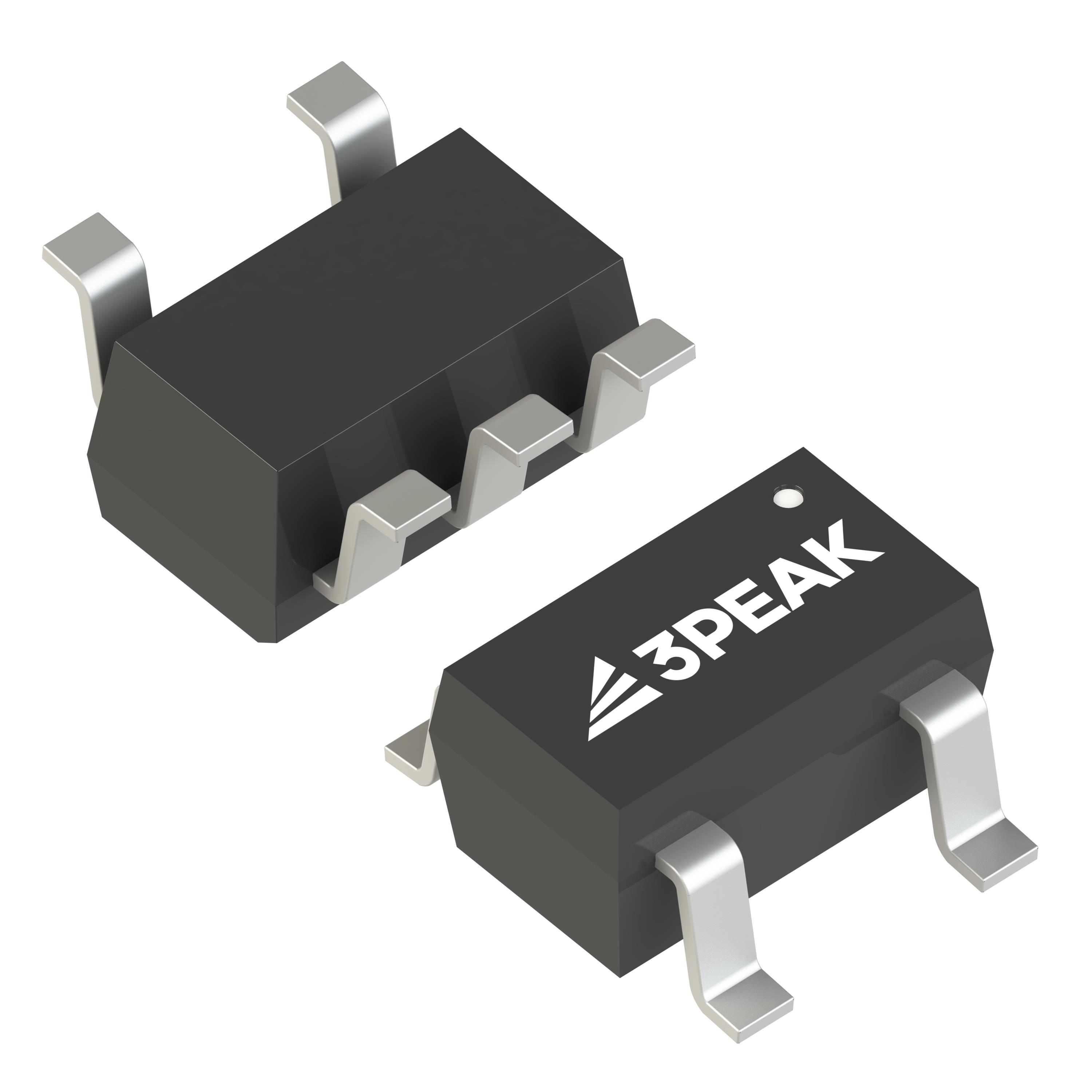
3PEAK
GENERAL PURPOSE COMPARATOR, OPEN
$0.13
4600 available
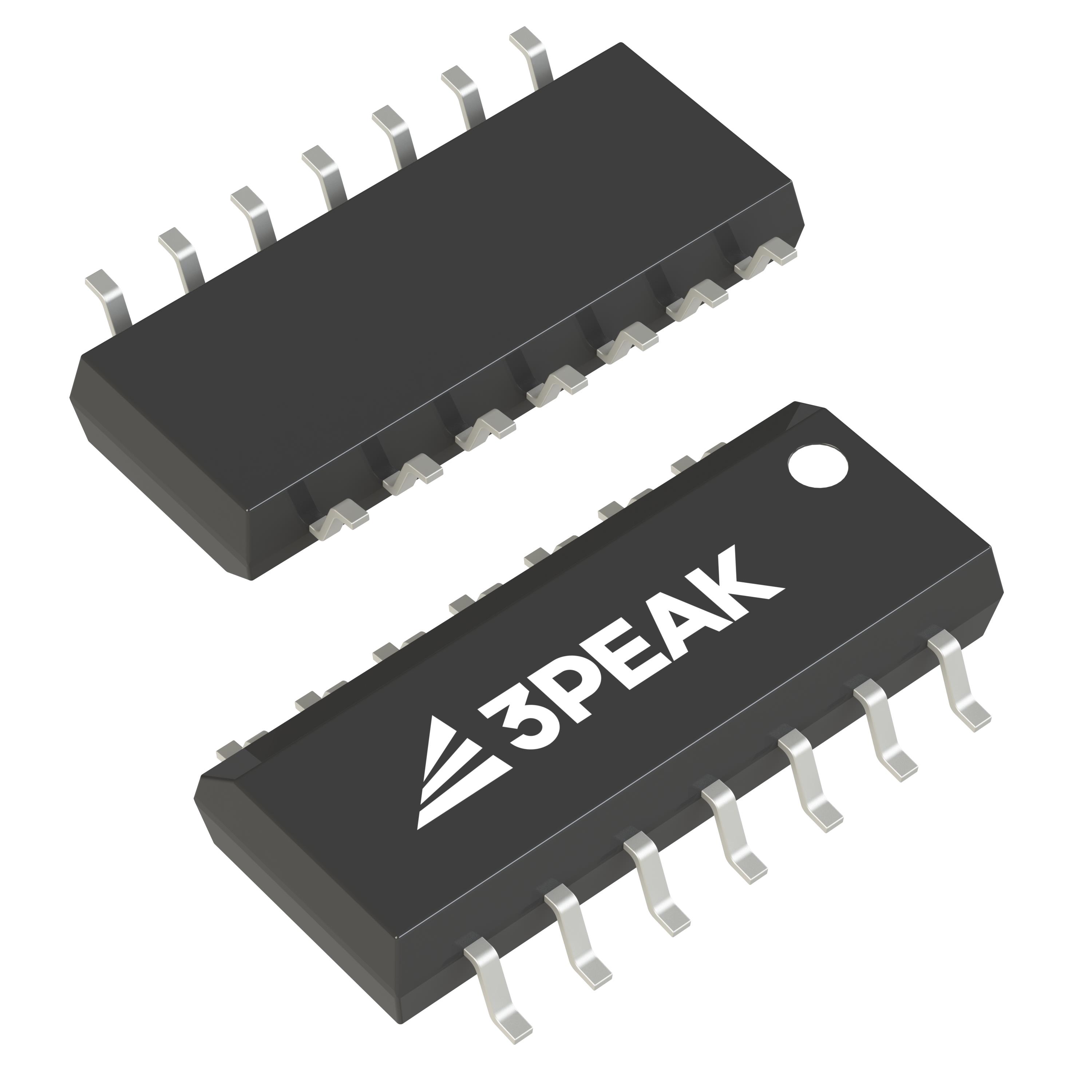
3PEAK
GENERAL PURPOSE COMPARATOR, OPEN
$0.09
4090 available
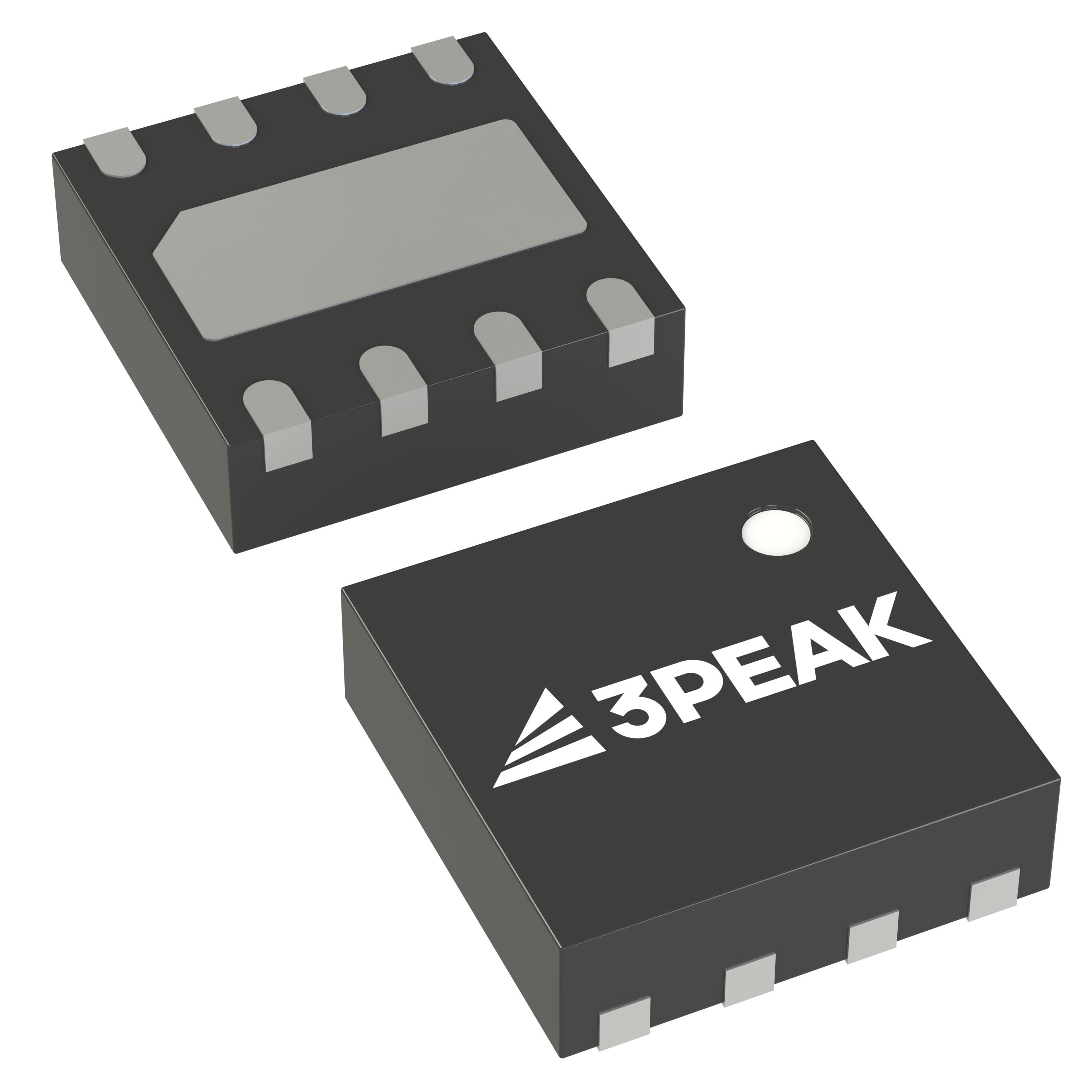
3PEAK
GENERAL PURPOSE OPERATIONAL AMPL
$0.35
4600 available
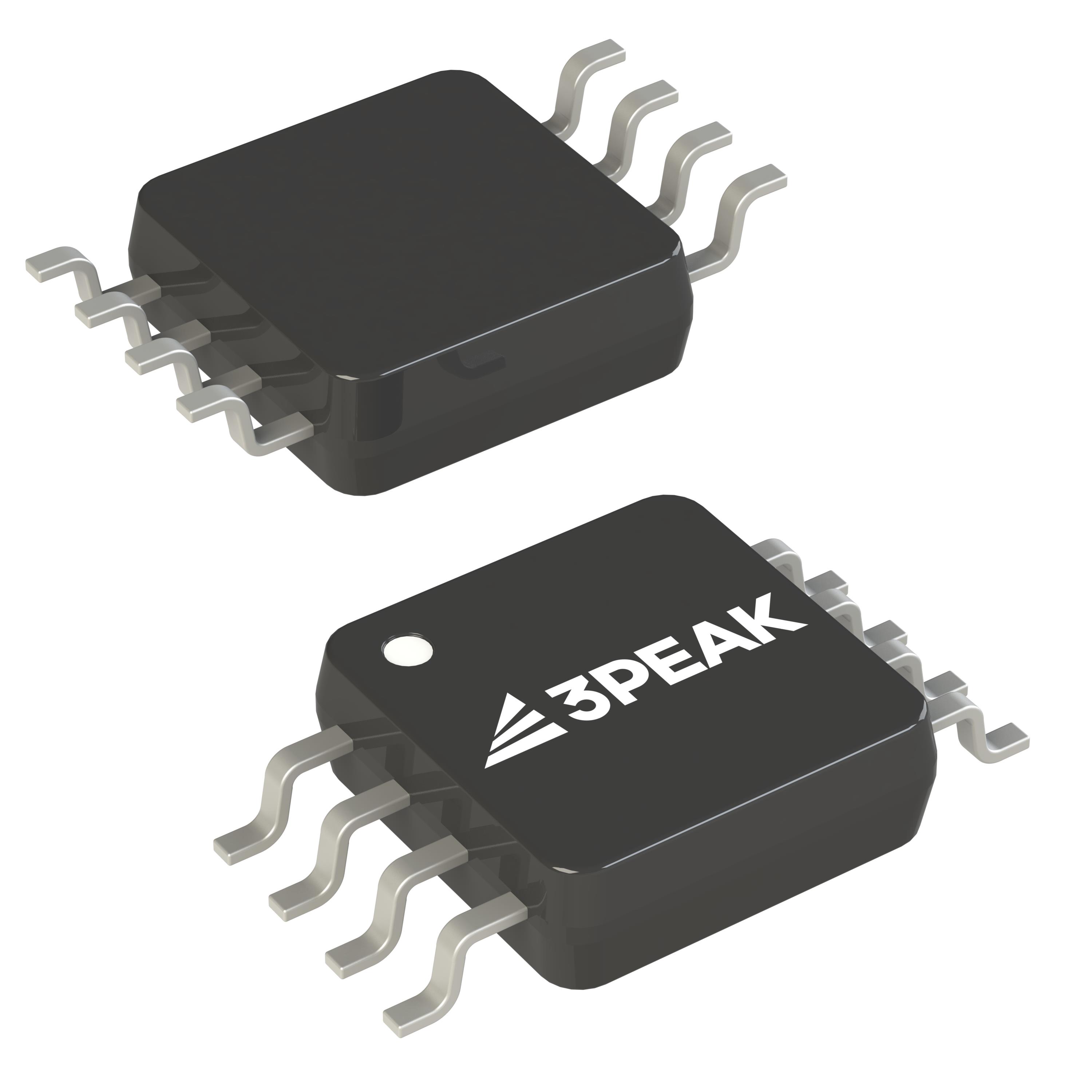
3PEAK
INSTRUMENTATION AMPLIFIER, 8-MSO
$2.5
4600 available
Technology and News
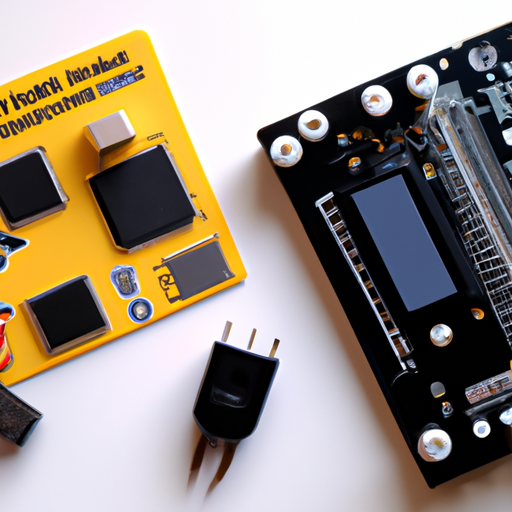
Main Application Fields of the ISO1050DUBR Driver
The ISO1050DUBR, a high-performance isolated CAN transceiver integrated circuit launched by Texas Instruments (TI), has found widespread application across multiple industries due to its impressive performance parameters and extensive functionalities. Designed specifically to tackle challenges in harsh industrial environments, this driver integrates various protection mechanisms to ensure reliable operation under extreme conditions.
In the field of industrial automation, the ISO1050DUBR plays a crucial role. Within industrial control systems, it achieves isolation between digital and analog signals, effectively protecting the system from electrical interference and damage, thereby enhancing system reliability and stability. This isolation function is vital for preventing noise currents on the data bus or other circuits from entering the local ground and interfering with or damaging sensitive circuits. Therefore, the ISO1050DUBR has become an indispensable component in industrial automation.
The ISO1050DUBR also excels in the field of power electronics. In various power electronic devices, it can be used not only for isolating control signals but also for isolating power devices from control circuits, thus protecting electronic equipment and improving system efficiency. With an electrical isolation capability of up to 2500VRMS, as well as protection functions against overvoltage, overcurrent, and overheating, the ISO1050DUBR effectively safeguards connected equipment from high-voltage surges.
The electric vehicle sector is another significant application area for the ISO1050DUBR. In the electric drive systems of electric vehicles, it can be used to isolate communication signals between motor control signals and battery management systems, ensuring safety and reliability among subsystems. This is crucial for enhancing the overall performance and safety of electric vehicles.
Furthermore, the ISO1050DUBR is widely used in digital communication systems within power systems, such as serial bus communication, data acquisition, and control signal isolation. Its compliance with ISO 11898-2 standards and support for CAN bus transmission rates of up to 1Mbps make it highly efficient and reliable for applications in power systems.
In the field of instrumentation, the ISO1050DUBR also plays an important role. In measurement and control systems of various instruments, it can be used to isolate sensor signals, control signals, and data communication signals, ensuring the accuracy and stability of measurements and controls. This is significant for improving the performance and reliability of instrumentation.
In addition to the above fields, the ISO1050DUBR is also applied in numerous other sectors, including medical equipment, building and HVAC (Heating, Ventilation, and Air Conditioning) automation, security systems, transportation, and telecommunications. Its outstanding performance parameters and extensive protection functions make it a leader in CAN bus communication systems in these fields.
Overall, with its high performance, high isolation capabilities, and comprehensive protection functions, the ISO1050DUBR has found wide application in industrial automation, power electronics, electric vehicles, power systems, instrumentation, medical equipment, and more. Its emergence has not only improved system performance and reliability in these fields but has also injected new vitality into the development of related industries. As technology continues to advance and application fields expand, the ISO1050DUBR is expected to play an even greater role in more sectors.

Analysis of Market Demand for Digital Isolator ADM2582EBRWZ
Digital isolators, serving as crucial components in modern electronic systems, undertake multiple tasks such as signal isolation, circuit protection, and system stability enhancement. Among them, the ADM2582EBRWZ digital isolator from Analog Devices has occupied an important position in the market due to its outstanding performance and wide range of applications. This article will delve into the current market demand for the ADM2582EBRWZ digital isolator, analyzing the driving factors behind it and future trends.
I. Current Market Demand
In recent years, with the rapid development of emerging technologies such as industrial automation, intelligent manufacturing, and the Internet of Things (IoT), the market demand for digital isolators has shown a trend of rapid growth. The ADM2582EBRWZ, as a high-performance digital isolator, enjoys particularly vigorous market demand. This is mainly attributed to its excellent electrical isolation performance, high-speed data transmission capabilities, and comprehensive protection functions, making it widely used in various industrial control, communication equipment, and power systems.
In the field of industrial control, digital isolators isolate circuits of different voltage levels to prevent system crashes caused by electrical interference or faults. The ADM2582EBRWZ, with its high isolation voltage (up to 2500Vrms) and high-speed data transmission rate (up to 16Mbps), plays a crucial role in industrial automation systems, significantly enhancing system reliability and stability.
In the field of communication equipment, digital isolators isolate digital and analog signals, preventing signal interference and noise interference, thus improving communication quality. The ADM2582EBRWZ integrates safety functions such as overvoltage protection and short-circuit protection, making it safer and more reliable for use in communication equipment.
Moreover, in power systems, digital isolators are widely used in data acquisition, control signal isolation, and fault protection. The ADM2582EBRWZ's high common-mode transient immunity and thermal shutdown protection features enable it to operate stably in complex power environments, providing robust support for the safe operation of power systems.
II. Driving Factors of Market Demand
Technological Advancements: Continuous technological development has provided technical support for the performance enhancement and cost reduction of digital isolators. The emergence of high-performance digital isolators such as the ADM2582EBRWZ is an important manifestation of technological advancements driving market demand growth.Industrial Automation and Intelligent Manufacturing: The rapid development of industrial automation and intelligent manufacturing has placed higher requirements on the performance, accuracy, and reliability of digital isolators. High-performance digital isolators such as the ADM2582EBRWZ can meet these requirements, becoming important supports in the fields of industrial automation and intelligent manufacturing.Proliferation of IoT Technology: The widespread adoption of IoT technology has expanded the application scenarios of digital isolators in smart homes, intelligent transportation, smart healthcare, and other fields. High-performance digital isolators such as the ADM2582EBRWZ can ensure the stability and security of signal transmission in IoT systems, driving the rapid development of IoT technology.Policy Support: Governments have provided policy support for technological innovation and industrial upgrading, encouraging enterprises to increase R&D investments and enhance product technology levels. This has created a favorable policy environment for the development of the digital isolator industry, promoting market demand growth.III. Future TrendsLooking ahead, with the continued promotion and application of emerging technologies such as Industry 4.0 and the IoT, the market demand for digital isolators will continue to grow rapidly. Meanwhile, as market competition intensifies and technology continues to advance, the performance of digital isolators will continue to improve, costs will decrease, and application fields will expand.
For high-performance digital isolators such as the ADM2582EBRWZ, future market trends will include:
Technological Innovation: With continuous technological advancements, the performance of digital isolators will continue to improve, such as higher isolation voltages, faster data transmission rates, and stronger protection functions. This will further expand the application fields of digital isolators, meeting the needs of more complex scenarios.Cost Reduction: As market competition intensifies and the effects of large-scale production become apparent, the cost of digital isolators will continue to decrease. This will enable digital isolators to be widely used in more fields, driving the rapid development of the entire industry.Integrated Applications: With the continuous development of IoT, big data, artificial intelligence, and other technologies, digital isolators will deeply integrate with other technologies to form smarter, more efficient, and safer electronic systems. This will bring new development opportunities and challenges for digital isolators.In summary, the ADM2582EBRWZ digital isolator demonstrates strong growth momentum in market demand. With continuous technological advancements and market expansion, its application prospects will become broader. At the same time, facing intense market competition and technological challenges, enterprises need to continuously enhance their strength, strengthen technological innovation and quality management, and adapt to market changes to seize development opportunities.
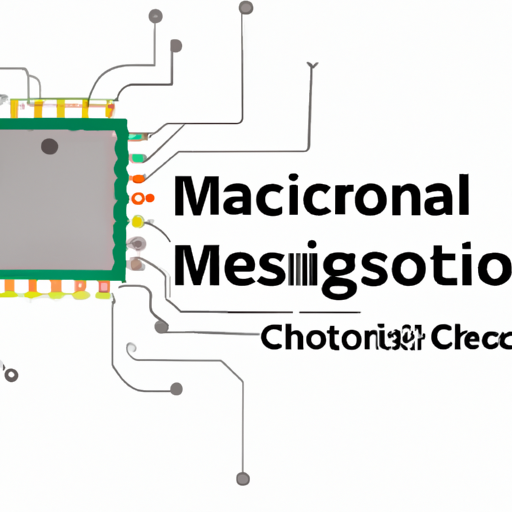
Technical Features of PMIC DC-DC Switching Regulator TPS54202DDCR
TPS54202DDCR is a high-performance DC-DC switching regulator from Texas Instruments (TI), belonging to the PMIC (Power Management Integrated Circuit) series. This device, with its extensive functional characteristics and excellent performance, is highly favored in power management applications. This article will delve into the technical features of TPS54202DDCR to provide readers with a better understanding and application of this product.
TPS54202DDCR is a 2A synchronous buck converter with an input voltage range of 4.5V to 28V. This means it can handle input voltages from 4.5V to 28V and deliver a maximum current of 2A. This wide input voltage range makes it suitable for various applications, such as 2V and 24V distributed power bus supplies, audio equipment, STBs (Set-Top Boxes), DTVs (Digital Televisions), and other consumer appliances.
TPS54202DDCR integrates two switching FETs (Field-Effect Transistors) and features internal loop compensation and a 5ms internal soft-start function. These features significantly reduce the number of external components, simplify circuit design, and enhance system reliability and stability. With a SOT-23 package, TPS54202DDCR achieves high power density while occupying minimal space on the printed circuit board (PCB), making it ideal for applications with stringent space requirements.
Another notable feature of TPS54202DDCR is its advanced Eco-mode. This mode maximizes light-load efficiency and reduces power loss through pulse-skipping technology. This characteristic makes TPS54202DDCR particularly outstanding in applications with high energy efficiency requirements, such as battery-powered devices.
To reduce electromagnetic interference (EMI), TPS54202DDCR incorporates spread-spectrum operation. By adjusting the switching frequency, spread-spectrum operation effectively lowers EMI and improves the system's electromagnetic compatibility. This is crucial for applications that need to meet strict electromagnetic compatibility standards.
TPS54202DDCR also boasts multiple protection features to ensure stable system operation. Cycle-by-cycle current limiting on the high-side MOSFET protects the converter from overload conditions and prevents current runaway. Additionally, freewheeling current limiting on the low-side MOSFET further enhances protection capabilities. If the overcurrent condition persists beyond a preset time, TPS54202DDCR triggers hiccup mode protection to further safeguard the circuit.
TPS54202DDCR also features overvoltage protection and thermal shutdown functions. These functions automatically shut down the converter when the voltage is too high or the temperature is too high, thereby protecting the system from damage.
TPS54202DDCR operates at a switching frequency of 500kHz, which is relatively high and helps reduce the size of the output capacitor and improve the system's dynamic response performance. The optimized internal compensation network further simplifies the design of the control loop and reduces the number of external components.
In conclusion, TPS54202DDCR showcases exceptional performance in power management applications due to its wide input voltage range, high power density, advanced Eco-mode, spread-spectrum operation, multiple protection features, and optimized internal compensation network. These features make TPS54202DDCR an ideal choice for designing efficient and reliable power management systems.
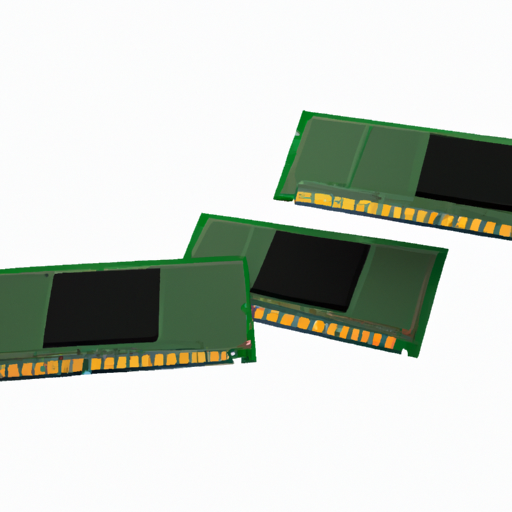
STM32F030K6T6: A High-Performance Core Component for Embedded Systems
In today's digital era, microcontrollers serve as the heart of embedded systems, playing a pivotal role across various sectors. They are extensively utilized in medical devices, automotive electronics, industrial control, consumer electronics, and communication equipment. Among these microcontrollers, STM32F030K6T6 stands out due to its high performance, low power consumption, and abundant peripheral interfaces. This article delves into the technical features, application fields, and the significance of STM32F030K6T6 in modern electronic systems.
STM32F030K6T6, a microcontroller from STMicroelectronics, belongs to the STM32F0 series and is based on the ARM Cortex-M0 core. It integrates a high-performance ARM Cortex-M0 32-bit RISC core running at up to 48 MHz, providing robust data processing capabilities. Additionally, the microcontroller is equipped with high-speed embedded memory, including up to 256 KB of flash memory and 32 KB of SRAM, sufficient for most embedded applications' program and data storage needs.
STM32F030K6T6 boasts a diverse range of peripheral interfaces, including multiple I2C, SPI, and USART communication interfaces, as well as a 12-bit ADC, seven general-purpose 16-bit timers, and one advanced control PWM timer. These peripheral interfaces facilitate communication and control with external devices, making STM32F030K6T6 well-suited for various complex embedded application scenarios.
Low power consumption is another highlight of STM32F030K6T6. Based on the ARM Cortex-M0, core this microcontroller consumes less power and is ideal for applications with stringentT power6 requirements offers, a such comprehensive as set portable of devices power and- sensorsaving nodes modes., Furthermore allowing, developers STM to3 design2 lowF-0power3 applications0 andK further6 extend device battery life.
In terms of packaging, STM32F030K6T6 comes in various package forms, ranging from 20 pins to 64 pins, catering to different applications' packaging size and pin count requirements. This flexibility enables STM32F030K6T6 to be widely used in various space-constrained embedded systems.
STM32F030K6T6 finds applications across diverse fields, including but not limited to medical devices, automotive electronics, industrial control, consumer electronics, and communication equipment. In medical devices, STM32F030K6T6 can be used in wearable health monitors and portable medical equipment, providing precise data processing and reliable communication functions. In automotive electronics, it can be utilized in electronic control units (ECUs), in-vehicle infotainment systems, and body control systems, enhancing vehicles' intelligence and safety. In industrial control, STM32F030K6T6 controls industrial automation equipment, sensor nodes, and robots, enabling efficient and precise automated production. In consumer electronics, it can be found in household appliances, smart home devices, and electronic toys, enhancing products' intelligence and user experience.
Moreover, STM32F030K6T6 benefits from STMicroelectronics' extensive development tools and documentation support. These tools include compilers, debuggers, simulators, and more, providing developers with comprehensive support from design to debugging. The availability of these resources enables developers to undertake projects more quickly and efficiently, reducing development costs and time.
In summary, as a high-performance microcontroller, STM32F030K6T6 stands out with its powerful processing capabilities, abundant peripheral interfaces, low power consumption, and flexible packaging options, playing a crucial role in embedded systems. Whether in medical devices, automotive electronics, or industrial control, STM32F030K6T6 demonstrates exceptional performance and broad application prospects. With the continuous development of the Internet of Things (IoT) and artificial intelligence technologies, STM32F030K6T6 will continue to lead the trend of embedded system development in the future, bringing more convenience and intelligence to our lives.

Analyzing the Key Features of the STM32F407VGT6 Microcontroller
The STM32F407VGT6, a high-performance microcontroller introduced by STMicroelectronics, is based on the ARM Cortex-M4 core and widely utilized in various high-performance embedded systems. Its robust functionalities and flexible design make it a significant choice for industrial control, robotics, audio processing, and other domains. Below, we delve into the primary features of the STM32F407VGT6.
1. Powerful Computing Performance
The STM32F407VGT6's core is the ARM Cortex-M4, renowned for its efficient processing capabilities and low power consumption. With a maximum clock frequency of 168MHz, it swiftly handles complex computational tasks. This enables the STM32F407VGT6 to excel in applications requiring high-speed computations, such as audio signal processing and advanced control algorithms.
2. Abundant Memory Resources
In terms of storage, the STM32F407VGT6 boasts 1MB of Flash memory and 192KB of SRAM, providing ample space for multitasking and large program storage. Whether running sophisticated operating systems or storing vast amounts of data, the STM32F407VGT6 can easily accommodate these needs.
3. Diverse Peripheral Interfaces
The STM32F407VGT6 features a wide array of peripheral interfaces, including 82 GPIO (General-Purpose Input/Output) pins, 6 USARTs (Universal Synchronous/Asynchronous Receiver/Transmitter), 3 SPIs (Serial Peripheral Interface), 2 I2Cs (Inter-Integrated Circuit bus interfaces), and more. Additionally, it possesses 3 12-bit ADCs (Analog-to-Digital Converters), 2 CAN (Controller Area Network) interfaces, and a USB 2.0 Full-Speed interface (supporting both device and host modes). These peripheral interfaces enable the STM32F407VGT6 to seamlessly connect with various sensors, actuators, and external devices, facilitating complex data acquisition and control functionalities.
4. Efficient Development Toolchain
The STM32F407VGT6 supports multiple development environments, including STM32CubeMX, STM32CubeIDE, and Keil MDK-ARM. These tools offer powerful debugging capabilities and optimized code generators, assisting developers in quickly getting started and efficiently progressing with their projects. STM32CubeMX is used for peripheral configuration, clock tree setup, and generating initialization code; STM32CubeIDE is an integrated development environment that supports code writing, debugging, compiling, and programming; while Keil MDK-ARM is suitable for more advanced embedded development.
5. Low-Power Design
While delivering high performance, the STM32F407VGT6 also emphasizes low-power design. It supports multiple low-power modes, allowing flexible power consumption adjustment based on application requirements. This makes the STM32F407VGT6 exceptional in battery-powered devices, extending their operational time.
6. Versatile Application Scenarios
With its powerful performance and rich peripheral interfaces, the STM32F407VGT6 is suitable for diverse application scenarios. In industrial control, it can implement complex control algorithms and data acquisition functions; in robotics, it can serve as the core processor for control systems; in audio processing, it provides high-quality audio input and output; furthermore, it can be applied in smart homes, IoT, and other fields, enabling interconnectivity between devices.
In summary, the STM32F407VGT6, with its powerful computing performance, abundant memory resources, diverse peripheral interfaces, efficient development toolchain, low-power design, and versatile application scenarios, stands out as an ideal choice for high-performance embedded system development.

S-35190AH-T8T2U Technical Report: Key Specs & Metrics
The S-35190AH-T8T2U specifies timekeeping current of 1.2–1.4 μA (at 3–5 V), a measurable indicator of its low-power profile for battery-backed RTC designs. This report summarizes the device's key electrical specs, measured/test-relevant metrics, practical integration guidance, comparative benchmarking templates, and a pre-production deployment checklist. Readers will find action-oriented advice for schematic/layout, power sequencing, firmware considerations, and validation tests suitable for embedded and automotive-grade applications.
Background: Product Family & Use Cases
S-35190A H Series overview
Point: The S-35190A H Series is positioned as a 3-wire RTC IC family targeting automotive and industrial systems. Evidence: ABLIC's product documentation describes the family as automotive-grade real-time clock devices available in 8-TSSOP packages. Explanation: The 3-wire interface simplifies host connections compared with I2C, reducing pin count for microcontroller-based telematics, data loggers, and low-power consumer products. Typical variants differ in temperature ratings and pin features; designers choose the H-series when robust voltage range and automotive-quality validation are required.
Operating envelope & certification highlights
Point: The family supports a wide operating envelope essential for embedded harsh environments. Evidence: Key parameters include operating temperature from −40°C to +105°C and a supply/battery voltage range spanning 1.3–5.5 V, with RoHS and automotive suitability called out by the manufacturer. Explanation: Wide temperature and voltage ranges reduce failure risk in automotive under-hood or industrial deployments; the wide battery-voltage tolerance enables use with common coin cells and supercaps. Certification notes inform procurement and qualification planning for safety-critical systems.
Primary use-case scenarios
Point: The S-35190A H Series fits several primary scenarios and has constraints. Evidence: Recommended use-cases include battery-backed clocks, data loggers, and telematics nodes; constraints include designs requiring sub-μA hold currents or integrated supercapacitor management. Explanation: For battery-backed timekeeping where multi-year retention on a CR2032 is a goal, the specified timekeeping current is advantageous. Conversely, systems requiring integrated tamper-proof features or extreme ultra-low standby currents might favor alternative parts or add external power-management circuitry.
S-35190AH-T8T2U Key Specs Overview
Timekeeping & calendar features
Point: The device implements standard RTC time and calendar formats with alarms and leap-year handling. Evidence: Supported formats include HH:MM:SS (12/24-hour), date as YY-MM-DD-dd, leap-year logic, and multiple alarm functions. Explanation: Firmware must account for 12/24-hour rollovers, two-digit-year handling, and alarm interrupt masks; robust driver design should include validation for leap-year transitions and DST adjustments if required. Alarm debounce and low-power wake sequencing should be included in system design.
Electrical specifications (quick reference)
Point: Critical electrical specs determine system-level power budgets. Evidence: Supply voltage: 1.3–5.5 V; timekeeping current: 1.2–1.4 μA @ 3–5 V; backup-battery range supports typical coin cells and supercaps; I/O drive suited for standard MCU GPIO. Explanation: The low timekeeping current directly affects battery retention estimates. I/O drive and logic thresholds influence level-shifting choices; designers should capture these numbers in a single-line reference to speed evaluation.
Parameter
Value / Notes
Supply voltage
1.3–5.5 V
Timekeeping current
1.2–1.4 μA @ 3–5 V
Package
8-TSSOP (SMD)
Package, pinout & physical constraints
Point: Mechanical and thermal characteristics inform PCB and thermal design. Evidence: The S-35190AH-T8T2U uses an 8-TSSOP SMD package with compact footprint and standard pin spacing; thermal derating applies at high ambient. Explanation: For high-temperature or constrained airflow environments, designers should verify solder-pad and thermal relief strategies; the small package eases board area but requires careful thermal vias and solder fillet control to maintain reliability across −40°C to +105°C.
Electrical Performance Deep-Dive (measurements & implications)
Timekeeping current: measurement conditions & impact
Point: Timekeeping current must be measured under controlled voltages and temperatures to be meaningful for battery-life planning. Evidence: The specified 1.2–1.4 μA figure is given for 3–5 V in manufacturer test conditions; in-circuit measurements differ due to pull-ups, leakage, and measurement probe loading. Explanation: To estimate battery life, measure the device in its final board state with all pull-ups and passive leakage present, record current at multiple temperatures, and use standard capacity fade models to estimate years of retention. Minimizing standby current requires removing unnecessary pull-ups, using high-impedance GPIOs, and isolating peripheral leakage paths.
Supply range behavior & power-fail scenarios
Point: Behavior across the 1.3–5.5 V supply range includes automatic backup switching and brown-out handling. Evidence: The RTC shifts to backup-battery operation when VDD falls below its internal detection threshold; recommended decoupling and layout practices appear in manufacturer notes. Explanation: Designers should provide a robust VDD monitoring strategy, place decoupling capacitors close to VDD pins, and use a diode-OR or ideal diode arrangement for backup switching. Layout should minimize ground bounce and ensure the backup battery path remains contiguous during connector events.
Accuracy, clock correction & temperature effects
Point: Clock accuracy is subject to oscillator characteristics and temperature drift; correction features mitigate long-term drift. Evidence: Datasheet lists ppm drift ranges and any built-in correction registers or calibration steps. Explanation: Strategy options include periodic NTP/or host synchronization, temperature-table compensation in firmware, or optional external TCXOs if sub-ppm accuracy is required. Logging measured drift across the operational temperature range enables an empirically derived correction table to run in production firmware.
Integration & Design Guide (practical how-to)
Schematic & PCB layout best practices
Point: PCB layout and schematic choices affect standby current, EMC, and thermal performance. Evidence: Best practices include placing decoupling capacitors adjacent to VDD, keeping the backup-battery trace short, and isolating noisy power planes. Explanation: Place the backup coin cell near the RTC to reduce leakage paths, separate high-frequency switching nets from the 3-wire interface, and avoid routing noisy clocks adjacent to RTC traces. Thermal relief on TSSOP pads prevents solder fatigue; ensure consistent stencil design for reliable joints through thermal cycles.
SPI-like 3-wire interface: timing and driver notes
Point: The 3-wire signaling (clock, data, latch) requires defined timing margins and compatible drive strengths. Evidence: Interface timing parameters include setup/hold times and allowable clock rate ranges; recommended host GPIO drive strengths are moderate to avoid ringing. Explanation: Use host-driven assertions: drive clock with a controlled slew rate, sample data on the specified edge, and respect minimum idle times. Example pseudocode: assert CS, for each bit toggle CLK, sample DATA, deassert CS; implement retries on CRC/ACK errors and use pull resistors sized to minimize quiescent current.
Power sequencing, backup battery selection & testing
Point: Selecting the backup chemistry and testing power transitions is critical to retention and safety. Evidence: Recommended backup options include coin cell (e.g., CR2032 equivalent) or small Li-based backup with proper protection; supercapacitors are an alternative where high cycle life is needed. Explanation: For long retention, CR2032 offers multi-year life at μA currents; supercaps provide high-cycle, short-term retention suitable for store-and-forward scenarios. Test scenarios should include rapid VDD loss, gradual brown-out, and repeated power cycling to validate data retention and the host's recovery logic.
Comparative Case Studies & Benchmarks
Benchmarked metrics vs. similar RTC ICs
Point: Benchmark templates focus on the most impactful metrics for selection. Evidence: Typical comparison metrics include timekeeping current, supply range, temp rating, alarm features, and package. Explanation: Use a standardized table to capture these numbers across candidate parts so tradeoffs become explicit; include measured in-circuit currents rather than datasheet minima for realistic comparison.
Metric
S-35190AH-T8T2U
Competitor A
Competitor B
Timekeeping current
1.2–1.4 μA (3–5 V)
—
—
Supply range
1.3–5.5 V
—
—
Temp rating
−40°C to +105°C
—
—
Two short integration case studies
Point: Practical case studies illustrate tradeoffs in real designs. Evidence: Case A — a low-power data logger used the device with a CR2032 and aggressive host sleep strategy; runtime increased by years compared to a 5 μA RTC. Case B — an automotive telematics node prioritized temp rating and brown-out resilience. Explanation: In Case A, measured quiescent budget and occasional sync windows preserved multi-year retention; in Case B, board-level thermal routing and robust backup switching maintained time across vehicle power transients.
Failure modes & troubleshooting checklist
Point: Common failure modes can be diagnosed with a structured checklist. Evidence: Typical issues include time drift, interface errors, and backup loss. Explanation: Debug flow: 1) Verify VDD and backup-battery voltages with high-resolution meter; 2) Scope the 3-wire interface for correct levels and timing; 3) Read and validate configuration registers; 4) Reproduce under temperature to isolate thermal-related drift. Document each step and include regression tests in QA.
Evaluation & Deployment Checklist (actionable next steps)
Pre-production validation plan
Point: A formal lab plan reduces late-stage surprises. Evidence: Required tests include timekeeping current across temperature, backup retention, interface stress, ESD, and thermal cycling. Explanation: Define pass/fail criteria up front (e.g.,
Firmware & QA tests to include
Point: Firmware tests should exercise edge cases and long-run behaviors. Evidence: Include RTC read/write integrity, leap-year and alarm edge cases, power-fail recovery, and long-term drift tracking. Explanation: Automate nightly drift logs, exercise alarm wake paths under low-power host states, and run randomized power-cycling to validate non-volatile state and register consistency. These tests detect timing bugs that only appear after many cycles.
Procurement, compliance & sourcing notes
Point: Sourcing and compliance steps reduce supply and compliance risk. Evidence: Evaluate reel/packaging options, lead-time variability, and counterfeit prevention steps; reference the manufacturer’s datasheet revision. Explanation: Prioritize authorized distributors, request traceability certificates for automotive programs, and pin the exact datasheet version in the BOM. Factor lead times into NPI schedules and ensure alternate sourcing paths if production volumes scale.
Summary
The S-35190AH-T8T2U combines wide supply range, −40°C to +105°C operation and very low timekeeping current (1.2–1.4 μA), making it a practical RTC IC for battery-backed and automotive applications. Next step: run the pre-production validation checklist, measure in-circuit timekeeping current across target temperatures, and compare results against target specs to confirm fit for purpose.
The S-35190AH-T8T2U delivers low standby current and wide supply tolerance, enabling long battery retention in embedded designs.
Designers should prioritize decoupling, short battery traces, and minimal pull-ups to preserve the low timekeeping current.
Validation must include temperature sweep of timekeeping current, power-fail transitions, and long-term drift logging to finalize firmware correction tables.
Frequently Asked Questions
How should the S-35190AH-T8T2U timekeeping current be measured in-circuit?
Measure timekeeping current with the device in its final board state and all peripherals disconnected or tri-stated to avoid external leakage. Use a low-current, high-resolution meter in series with the backup path or VDD as appropriate, and record values at multiple temperatures (e.g., −40°C, 25°C, +85°C). Subtract known board leakage by measuring a populated test board with the RTC removed or mocked; document measurement methodology for reproducibility.
What backup battery types are recommended when using this RTC IC?
Common choices include coin cells (e.g., CR2032 equivalents) for multi-year retention at μA currents, or small supercapacitors for short-term high-cycle requirements. Selection depends on expected retention time, temperature range, and safety considerations. For automotive-grade deployments, ensure the chosen chemistry meets temperature and vibration requirements and include overvoltage/short protection as part of the backup circuit design.
Which firmware tests are most important to validate RTC integration?
Prioritize read/write integrity under concurrency and power transitions, leap-year and end-of-month rollovers, alarm wake and debounce behavior, and long-term drift tracking with periodic synchronization. Include randomized power-cycle tests and stress tests that toggle the 3-wire interface timing to reveal edge-case failures. Automating these tests speeds regression and provides traceable evidence for production acceptance.
S-35190AH-T8T2U
S-35190AH-J8T2U
S-35390AH-T8T2U
S-35390AH-J8T2U
AT8605ARTZ
AT8091
AT821
TP5592-SR
LM331A-S5TR
LM339A-SR
TP6002-FR
TPA1286U-VS1R
TPA2644-TS2R
TP1562AL1-SR
TPA6581-SC5R
TP6002-VR
LMV321B-CR
TPH2502-VR
TP1282L1-VR
TP2582-VR
TPA1882-VR
TPA9361-SO1R
TPA2295CT-VS1R-S
TP2584-TR
TPA8801B-TR
TPH2504-TR
TP5532-FR
LM393A-SR
LMV358B-VR
TPA2295CF-VS1R-S
LM2904A-TSR
TPA6581-DF0R
TPA9151A-SO1R
TPA2681-S5TR
TPA6534-TS2R
TP6004-SR
TPA2031Q-S5TR-S
TP2121-CR
TPH2503-TR
TPA5512-SO1R
TP6001-CR
TP1562AL1-SO1R-S
TPA6582-SO1R
TPA6531-SC5R
TP1284-TR
TP5592-VR
TP1242L1-SR
TP5594-SR

